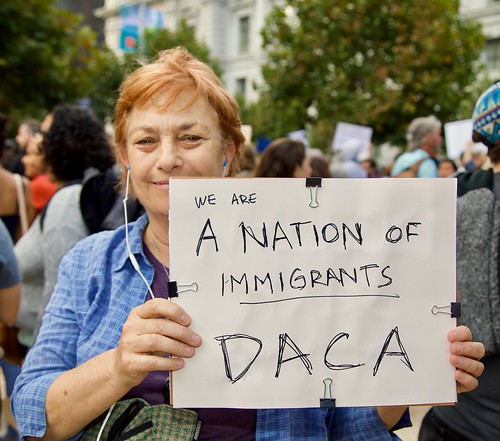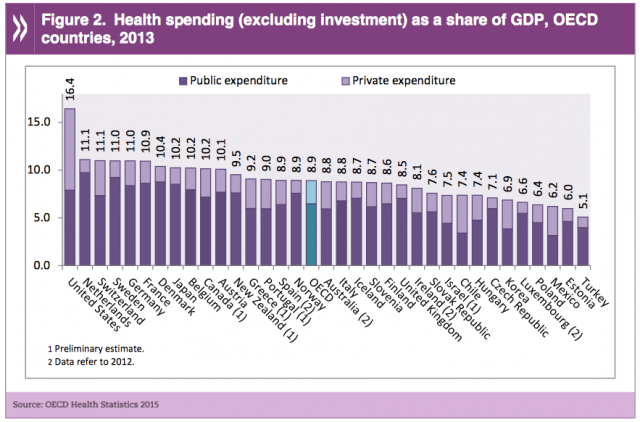Also, Jeff Sessions is a liar
by Brian Leubitz

“This state of lawlessness allows gangs to smuggle guns, drugs and even humans across borders and around cities and communities,” [Sessions] said. “That makes a sanctuary city a trafficker, smuggler or gang member’s best friend.”(LAT 9/19/17)
Sounds scary, huh? Except that none of it is true. There is no evidence backing any part of this up. If anything, there is evidence showing that sanctuary cities are as safe or safer. Here’s the problem when you have local law enforcement actively enforcing immigration laws: you build an underclass of society that will never report crimes.
Having a permanent victim class is the real magnet for criminals, whether these criminals that prey upon them are immigrants themselves or not. It becomes far more difficult to prosecute crimes if a large part of your population hides from police. To be clear, this bill isn’t the most broad of sanctuary policies, as Brown mentioned:
“It protects public safety but it also protects hardworking people who contribute a lot to California,” Brown said in an interview on CNN. Brown had pushed for exceptions in the bill to allow jails and prisons to cooperate with immigration agents.
“We’re not soldiers of Donald Trump or the federal immigration service,” he said, adding, “The immigration people can come into our jails, they can interview people, they can pick up people they think are appropriate.”(LAT 9/19/17)
Now, debating how broad the bill should have been is probably a little late now. The bill is probably as broad as Gov. Brown would have liked it, and having the Governor out in public loudly supporting the bill in the media is going to be a good thing in the long run.
The sad part is that this is necessary. This isn’t some global calamity created by generations. This is merely a result of some outdated laws, racially-based nativism and stupid elected leaders failing to lead and pass comprehensive immigration legislation that creates a path to citizenship for all undocumented immigrants. But Sessions’ lies are just part of that nativist game. Just keep making stuff up, and let people live in this reality where immigration is this great big problem crushing the economy rather than the real world where immigrants are imperative to the smooth operation of the economy.










You must be logged in to post a comment.